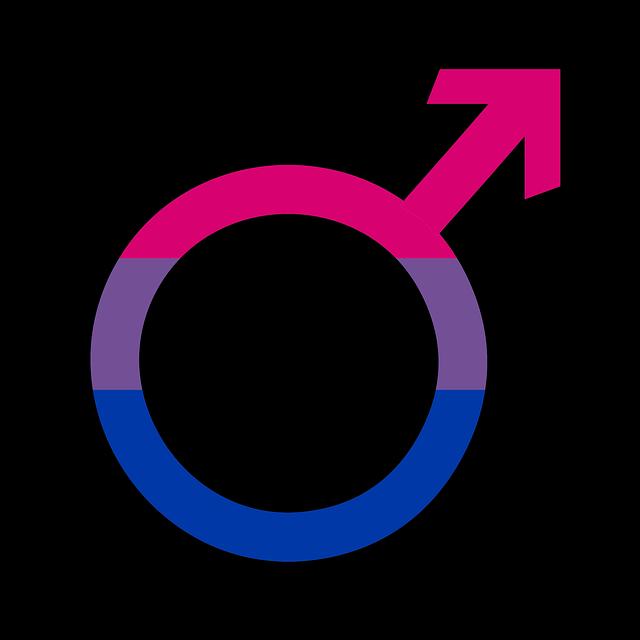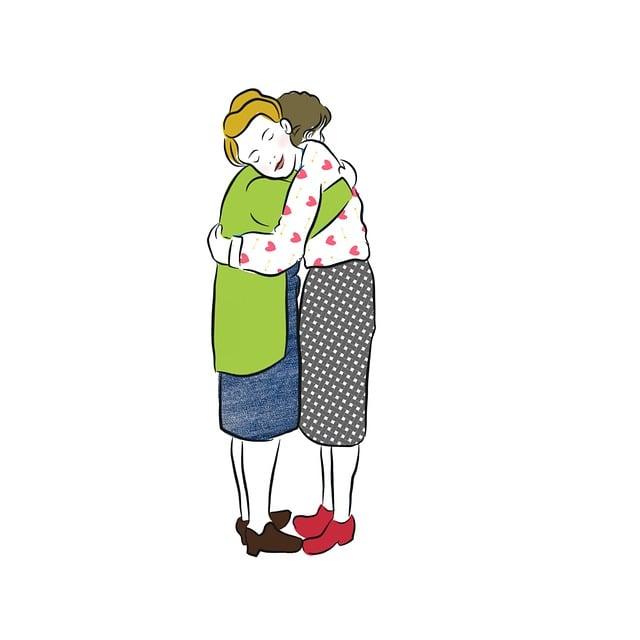Sexuality is a vast and complex topic that encompasses a wide range of identities, practices, and preferences. One term that often comes up in discussions about sexual orientation and behavior is “square.” But what does it really mean to be square in a sexual context? In this article, we will explore the various definitions of square as it relates to sexuality, shedding light on this often misunderstood term. By understanding the nuances of what it means to be square sexually, we can better appreciate and respect the diversity of human sexual experiences.
Exploring the Concept of Sexual Squareness
Sexual squareness refers to the idea of exploring and understanding the different dimensions and complexities of sexual orientation and identity. It delves into the notion that sexuality cannot be easily categorized or defined within traditional norms or binaries. This concept encourages individuals to embrace their unique sexual experiences and preferences, without feeling the need to conform to societal expectations or labels.
Through the exploration of sexual squareness, individuals are empowered to embrace their own sexual identities and desires, regardless of societal norms or expectations. This concept allows for a more nuanced understanding of human sexuality, recognizing that it is fluid and can vary greatly from person to person. By embracing sexual squareness, individuals are encouraged to explore their own desires and preferences, leading to a more fulfilling and authentic sexual experience.

Unraveling Misconceptions Surrounding Square Sexuality
Many people have misconceptions about square sexuality, assuming that those who identify as square lack sexual desires or preferences. However, this stereotype is far from the truth. Square individuals can have a wide range of sexual orientations and preferences, just like anyone else. It’s important to understand that sexuality is a complex and diverse aspect of human identity, and limiting it to narrow assumptions can be harmful.
One common misconception is that square individuals are prudish or uptight when it comes to sex. In reality, square sexuality is just as valid and diverse as any other sexual orientation. It’s crucial to recognize that everyone’s relationship with sexuality is unique and personal. By unraveling these misconceptions and embracing the diversity of human sexuality, we can create a more inclusive and understanding society for all individuals, regardless of their sexual orientation.

Nurturing Empathy and Understanding Towards Square Individuals
Empathy and understanding are essential qualities in creating a more inclusive and accepting society. When it comes to individuals who identify as square, it’s important to recognize and appreciate their unique perspective and experiences. By nurturing empathy towards square individuals, we can break down barriers and foster a sense of unity among all members of our community.
One way to cultivate empathy towards square individuals is by actively listening to their stories and experiences. By paying attention to their struggles and triumphs, we can gain a better understanding of the challenges they face on a daily basis. Additionally, engaging in open and honest conversations with square individuals can help us develop a deeper sense of compassion and connection with them. Remember, empathy is not just about feeling sorry for someone – it’s about truly putting yourself in their shoes and treating them with the respect and kindness they deserve.

Embracing Diversity and Fluidity in Sexual Identities
In today’s society, it is crucial to recognize and celebrate the vast diversity and fluidity that exists within sexual identities. People’s experiences and feelings towards their own sexuality can vary greatly, and it is essential to create a space that allows for this diversity to thrive. By embracing these differences, we can foster a more inclusive and understanding environment for everyone.
One way to promote inclusivity is by educating ourselves on the various sexual identities that exist beyond the traditional binary definitions. This includes but is not limited to identities such as pansexual, asexual, demisexual, and queer. By acknowledging and validating these identities, we can show support for individuals who may not fit into society’s narrow definitions of sexuality. It is important to remember that everyone’s journey towards understanding their own sexuality is unique, and we must respect and honor that diversity.
Educating Ourselves on the Spectrum of Sexual Expressions
There is a wide range of ways in which people express their sexuality, and it is important for us to educate ourselves on this spectrum. By understanding the various forms of sexual expression, we can become more open-minded and accepting of the diversity that exists within our communities.
Sexual expression can encompass a variety of behaviors, identities, and orientations. Some common aspects of the spectrum of sexual expressions include:
- Sexual orientation
- Gender identity
- Kinks and fetishes
It is vital to recognize that everyone has their own unique way of expressing their sexuality, and that there is no one “right” way to do so. By learning about and respecting the diversity of sexual expressions, we can create a more inclusive and understanding society for all.
Frequently Asked Questions
Q: What is the meaning of “square” when used in a sexual context?
A: In a sexual context, being referred to as “square” usually means someone is viewed as conventional, unadventurous, or less interested in exploring alternative or non-traditional sexual experiences.
Q: Is being called “square” necessarily a negative thing?
A: Not necessarily. It simply means that the individual may have more traditional views or preferences when it comes to sexual activities. It’s all about personal preference and what brings someone fulfillment.
Q: How can someone navigate conversations about sexuality if they are worried about being viewed as “square”?
A: It’s important to remember that everyone is entitled to their own preferences and boundaries. Open and honest communication with your partner or partners about what feels comfortable and exciting for you is key. Being respectful of others’ desires while also expressing your own needs is crucial in any sexual relationship.
Q: Can someone’s views on sexuality change over time?
A: Absolutely. Exploring new experiences, learning more about oneself, and being open to communication with partners can all lead to shifts in perspective on sexuality. It’s important to be open-minded and willing to grow in order to fully understand and embrace one’s own desires and boundaries. In conclusion, we have explored the various meanings of “square” in a sexual context. It is important to understand and respect different perspectives.


